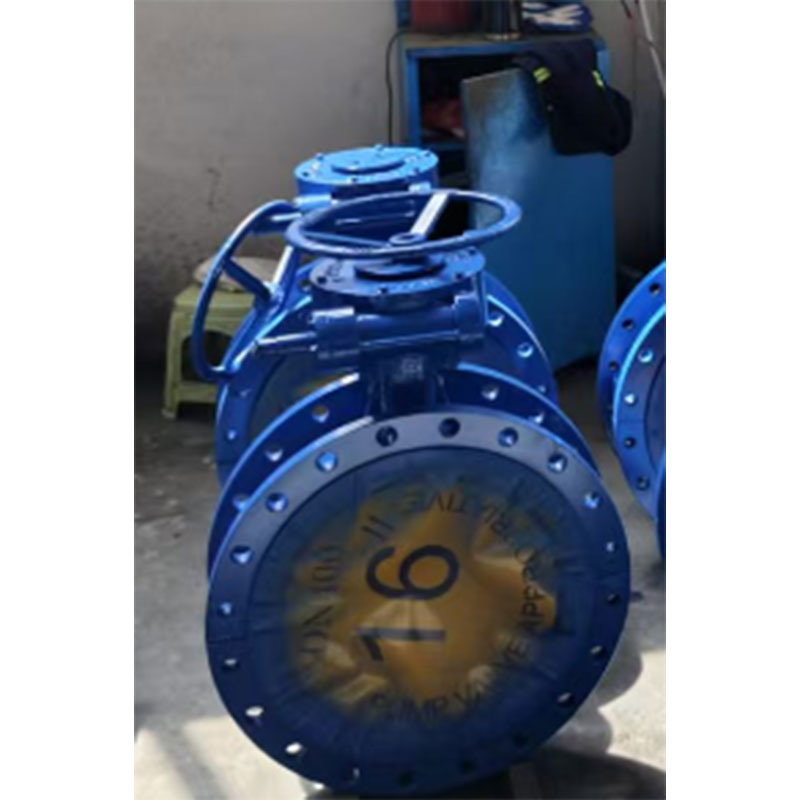
The Carbon Steel Butterfly Swing Check Valve represents a reliable and efficient solution in fluid control systems across various industries. Its development is rooted in a long history of valve innovation, driven by the need for better flow management, backflow prevention, and system protection. From early mechanical systems to modern industrial operations, the evolution of this valve type reflects the advancement of materials and engineering design.

Early Valve Designs and the Need for Improvement
In the early stages of industrialization, fluid control systems used basic gate and globe valves for flow regulation. However, these valves often lacked the responsiveness and simplicity needed for automated or high-frequency systems. Over time, the demand for non-return valves grew, especially in water distribution, chemical processing, and steam systems.
This need led to the introduction of check valves. Traditional swing check valves provided a solution to prevent backflow by using a hinged disc that closes when reverse flow occurs. While effective, these early designs were often bulky, slow to react, and required significant space. The introduction of the Carbon Steel Butterfly Swing Check Valve addressed many of these concerns.
The Evolution of the Butterfly Swing Design
The butterfly swing check valve combines the principles of a butterfly valve with a swing check mechanism. Instead of a full-bodied swinging disc, the Carbon Steel Butterfly Swing Check Valve uses a compact disc or plate that rotates on a shaft and closes quickly upon flow reversal. This design minimizes water hammer, reduces pressure drop, and enables quicker response times.
Carbon steel became a preferred material due to its strength, cost-effectiveness, and compatibility with a range of fluids. The Carbon Steel Butterfly Swing Check Valve benefits from this material by offering durability and resistance to mechanical stress in moderate to high-pressure environments.
Structural and Functional Advantages
A key feature of the Carbon Steel Butterfly Swing Check Valve is its compact design. Its short face-to-face dimension allows for easier installation, especially in tight piping systems. This makes it a favored option in pump discharge lines, cooling systems, and power generation setups.
Its structure allows flow in one direction and automatically closes when the flow stops or reverses. The butterfly disc, mounted on a central shaft, ensures smooth operation and requires minimal pressure to open. These properties help maintain system integrity and prevent backflow that can damage pumps or contaminate clean water systems.
The Carbon Steel Butterfly Swing Check Valve also operates quietly, with reduced turbulence compared to traditional swing valves. Its streamlined internal profile lowers energy loss and improves overall system efficiency. These advantages make it an ideal choice for continuous-flow systems and applications where energy savings are important.
Industrial Applications and Versatility
The Carbon Steel Butterfly Swing Check Valve finds widespread use in water treatment plants, oil and gas pipelines, HVAC systems, and fire protection lines. Its resistance to corrosion and thermal expansion makes it suitable for high-temperature and high-pressure environments. Additionally, it performs well in both horizontal and vertical installations, increasing its versatility in various system layouts.
Industries benefit from the Carbon Steel Butterfly Swing Check Valve not only for its performance but also for its low maintenance requirements. Its simple mechanism has fewer parts prone to wear, making inspection and servicing more straightforward. This contributes to reduced downtime and long-term cost savings.

